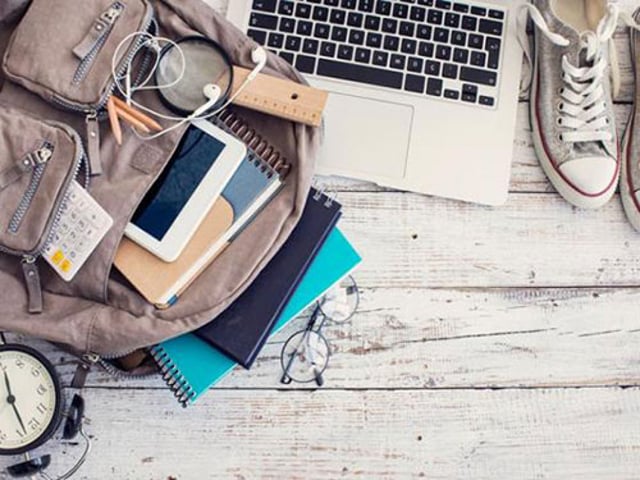Deloitte: COVID-19 will have major impact on back-to-school shopping
Although back-to-school spending is trending flat overall, online retailers should have a good season.
According to two surveys of parents of K-12 and college-age children conducted by Deloitte, back-to-school spending will likely remain level year-over-year, reaching a collective $28.1 billion for K-12 students, or approximately $529 per student. back-to-college shoppers will spend $25.4 billion, or approximately $1,345 per student.
With health concerns rising, more back-to-school purchases will occur online (37%, up from 29% in 2019), gaining share from in-store purchases (43%). These are more likely to involve a personal computer due to greater at-home computer use as compared to smartphones, which were a driver of shopping activity last year. At the same time, 20% of respondents remain undecided on the format for spending, which Deloitte says presents a $5.5 billion untapped opportunity for retailers this season.
Focusing on e-commerce, survey results indicate consumers plan to spend $10.4 billion online in the current back-to-school season, up 28% from $8.1 billion in 2019. The use of personal computers for back-to-school shopping is rising to almost two-thirds of back-to-school shoppers (64%) saying they will use a personal computer for shopping, compared to 46% who will use a smartphone.
Further, results indicate emerging shopping technologies such as voice assistants and cashierless stores are starting to gain some traction, with 6% to 15% of back-to-school shoppers planning to use at least one format. Despite in-store spending projected to decline 22% from $15.7 billion in 2019 to $12.2 billion in 2020, the physical store remains critical with 43% of total spending projected to take place in-store. In fact, as consumers shift to contactless formats, 26% of survey respondents plan to use BOPIS more frequently.
Deloitte also asked parents what products they plan on purchasing as part of their back-to-school shopping:
• Spending on technology products (including personal computers, smartphones, tablets, wearables) is set to increase 28% from 2019. Consumers planning to purchase these items intend to spend an average of $488 on them.
• Despite spending on clothing, accessories and traditional school supplies dropping by 17%, the category remains the largest portion of back-to-school spending, with K-12 parents planning on spending, on average, $336 on these categories.
• Parents also plan to allocate budget for personal health products, spending an average of $46 per student on supplies like sanitizer and wipes.
• Children have an even greater influence over purchasing decisions with 69% exerting a moderate-to-high influence over computer and hardware purchases, up from 54% in 2019.
Other interesting results include:
• As with years past, mass merchants are the preferred shopping location, for back-to-school (81%) shopping, but they may lose some share this year as more people expect to shop closer to home because of the pandemic.
• When selecting where to shop, price (82%) and convenience (80%) remain the most important criteria for back-to-school shoppers, but safety (59%) is an important consideration for parents this year.
• Despite the uncertainty on when and how schools will open, about 40% of respondents intend to start their school shopping four to six weeks before school begins, with late July and early August being the busiest — accounting for $16.2 billion in seasonal spending.
The annual “Deloitte Back-to-School Survey” surveyed 1,200 parents who have at least one child attending school in grades K-12 this fall. The annual “Deloitte Back-to-College Survey” polled a sample of 1,025 parents of children heading to colleges and universities this fall.







